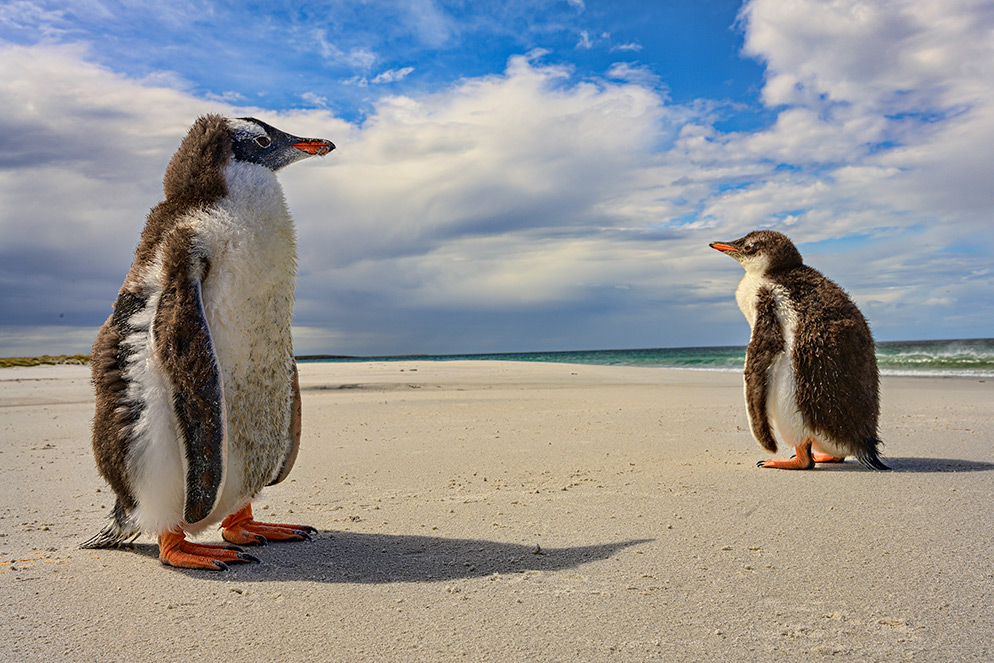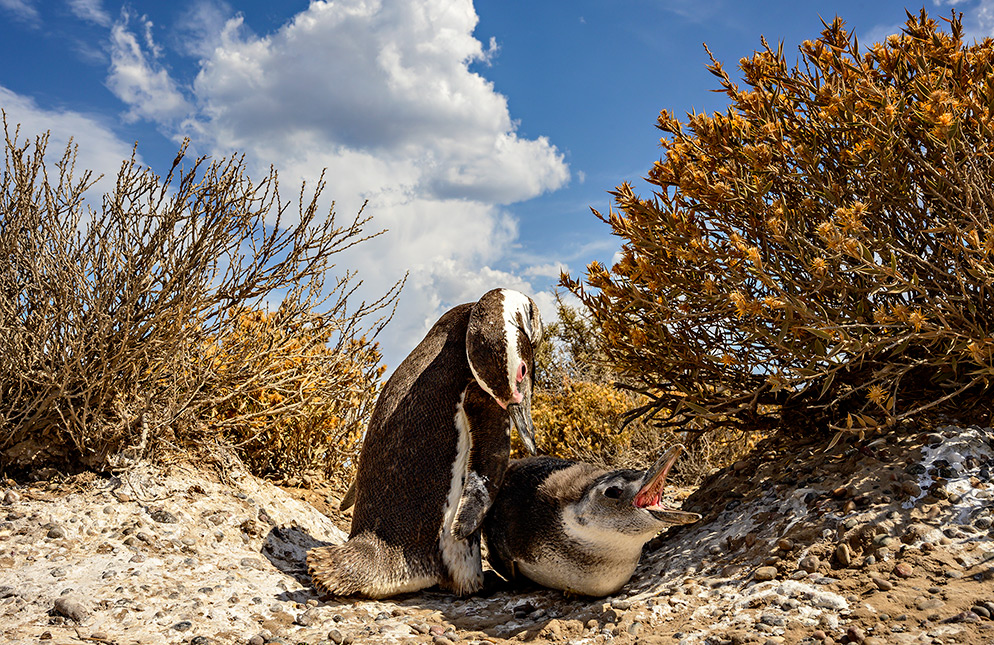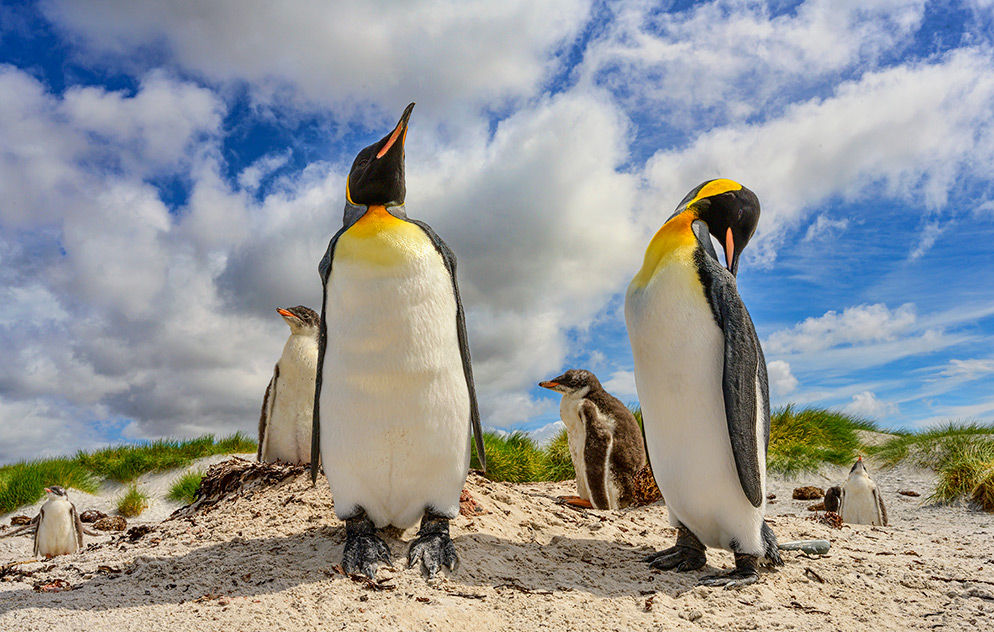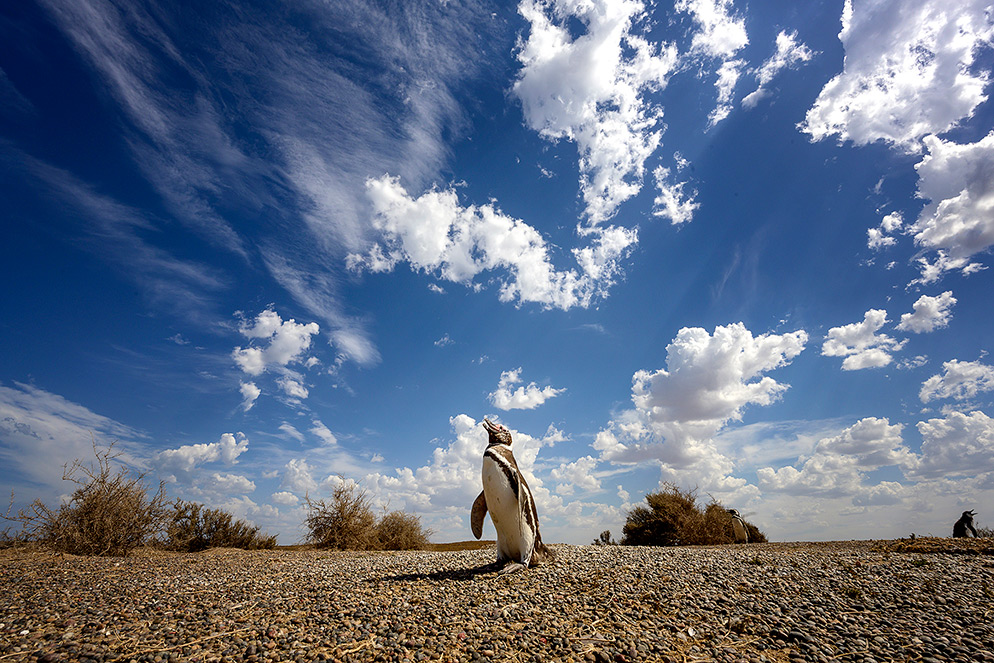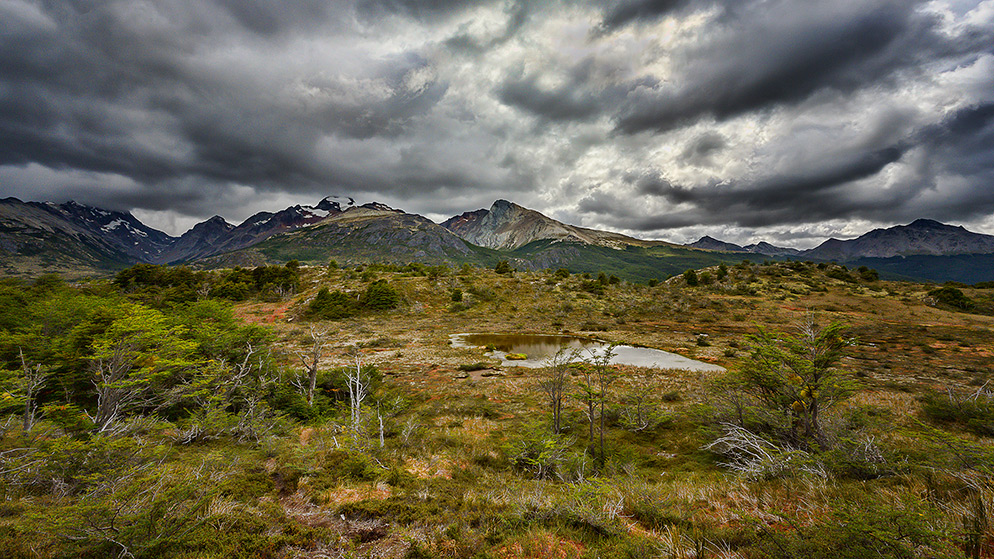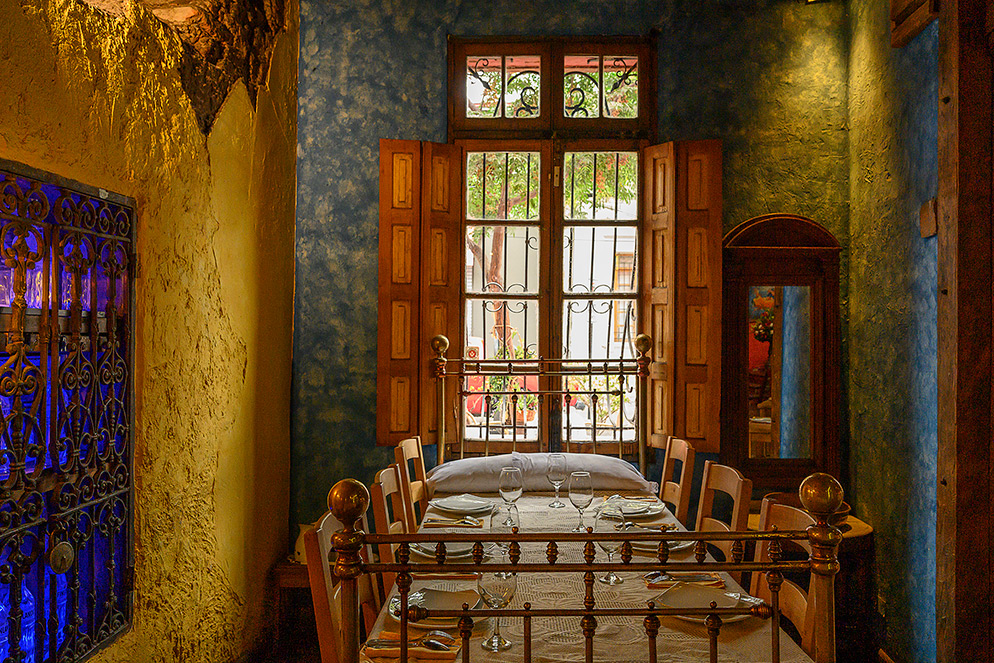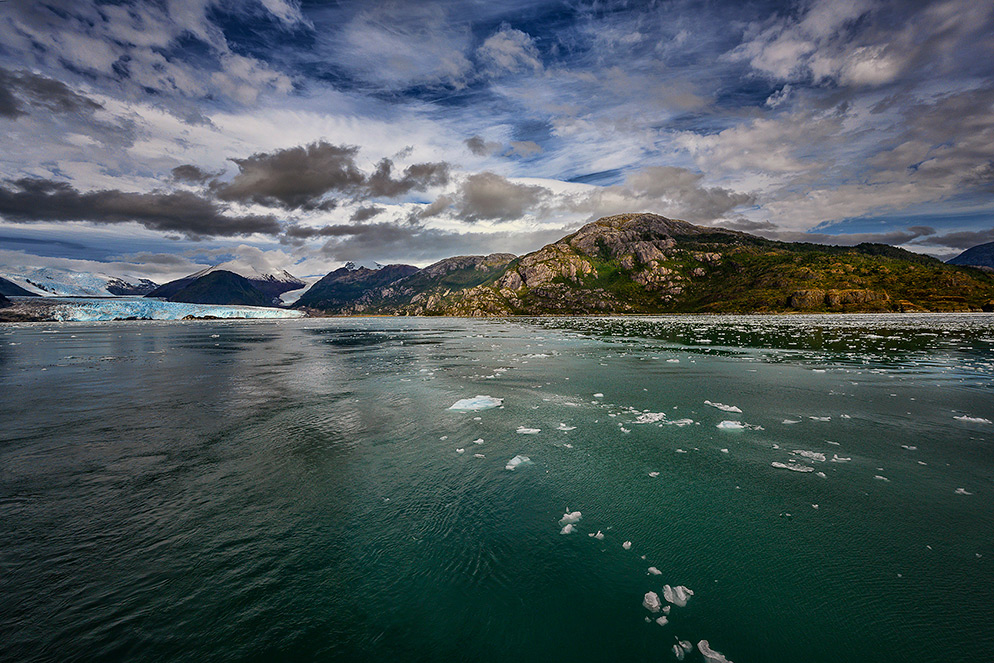Why the NIKKOR Z 14-30mm Lens Can Make All the Difference in the World
"Port Stanley was our landing point in the Falklands," Michelle says. "We found a wonderful guide who took us on a private tour to Bertha’s Beach, which is home to thousands of gentoo penguins. These two were waiting for their parents to bring food. I got low to the ground at about two feet from them for this shot, but by using the tilt screen, I didn't have to lie down." Z 7, NIKKOR Z 14-30mm f/4 S, 1/200 second, f/16, ISO 125, manual exposure, spot metering.
Michelle Valberg's trip to Chile wasn't intended to be a shakedown cruise for camera equipment—she was already well into her use and appreciation of the Z 7 and Z 6. But the NIKKOR Z 14-30mm f/4 S lens was rather new, so it was likely there would be a bit of a test to see how the lens would handle the variety of images she looked forward to making.
The trip in fact was an actual cruise, with Michelle a guest lecturer aboard as the ship made its way from Buenos Aires, Argentina, to Uruguay, the Falkland Islands and finally Chile. A wildlife and adventure photographer, and a Nikon Ambassador in Canada, Michelle was well qualified to provide photo tips and instruction, talk about the upcoming photo opportunities the travelers would encounter and offer advice on how to take best advantage of those opportunities. She estimates she hosted 50 to 75 people at each lecture. "There was one professional photographer," she says, "and the rest were either serious amateurs or just starting out."
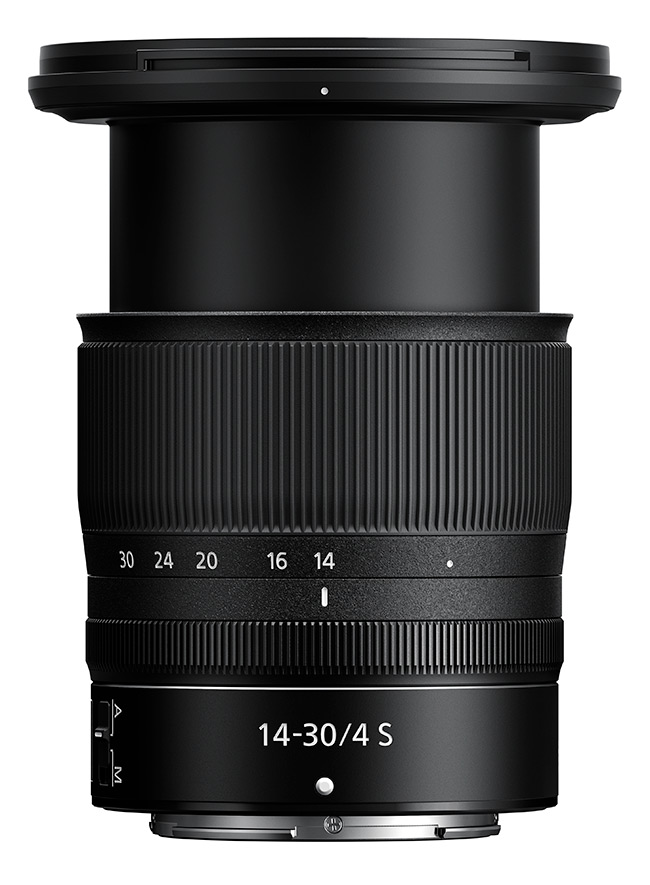
NIKKOR Z 14-30mm f/4 S lens
The Lowdown
The pro shooter probably didn't need the photo tips, but the serious amateurs took Michelle's prime penguin directive to heart: "Okay, everyone, when you're photographing the penguins, get down low. Don't photograph them from above."
Michelle, of course, followed her own advice, which worked especially well thanks to the 14-30mm lens she had pretty much permanently dedicated to her Z 7. "I loved using the wide-angle approach to those little creatures," she says, "getting down low, using the Z 7's tilt screen and giving them the hero-pose treatment." Her photo-lecture audience followed her lead—so much so that Michelle's husband had to help several folks up off the ground. "He goes, 'Well, Michelle, they listened to you.'" The penguins themselves heightened the effect of the wide-angle, close-up look. "Many times, if you kneeled down, they'd approach, so you'd have only inches to work in."
Extending the Range
The lowdown on the 14-30mm Z lens was that for a number of reasons, it proved itself a favorite right from the start. Most noticeable at first was its weight...well, actually its lack of weight. "It's incredibly light," Michelle says, which is true of the Z camera system in general. "I carry two cameras typically, and the weight and size difference is very important—and there's no compromise: you have power, clarity and quality—and with the 14-30mm lens, versatility: it's a 14mm, a 20mm, a 28mm, and then there's that little extra reach to 30mm, which is beyond what I get with a 14-24mm lens."
There's also the ability of the lens to take a filter—actually it's the only zoom of that focal range to be able to do so—and from time to time on the trip Michelle used a neutral density filter to control the lighting in a scene.
And then there's what might be called the tangible intangible.
"I was astounded by the clarity and quality of the images I was getting with that lens," Michelle says. "Everything came alive; it was almost like a 3D effect. There seemed to be more dimension to the pictures—that's probably a better way of saying how the edge-to-edge sharpness, clarity and quality worked." Which is why the 14-30mm ended up dedicated to the Z 7. "I'm full in for what can be achieved optically right now," Michelle says, "and for what this indicates about the Z system going forward.
"This is how photography is done now."
A vertical wide-angle view of magnificent beech trees in the Magallanes National Reserve in Punta Arenas, the capital city of Chile's southernmost region. Z 7, NIKKOR Z 14-30mm f/4 S, 1/200 second, f/10, ISO 800, manual exposure, spot metering.

